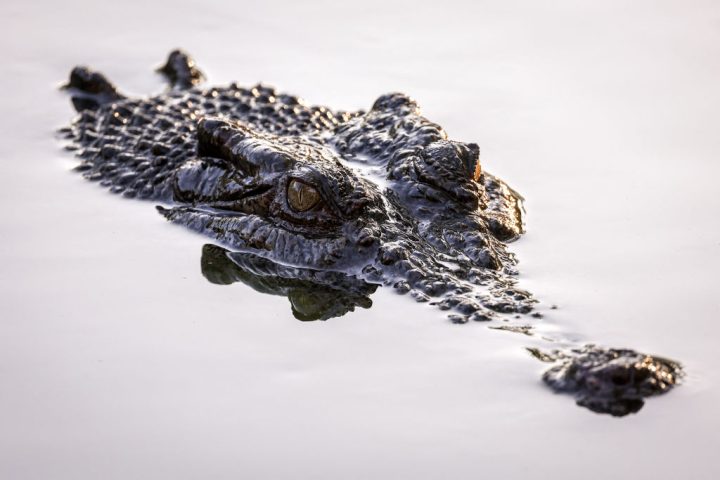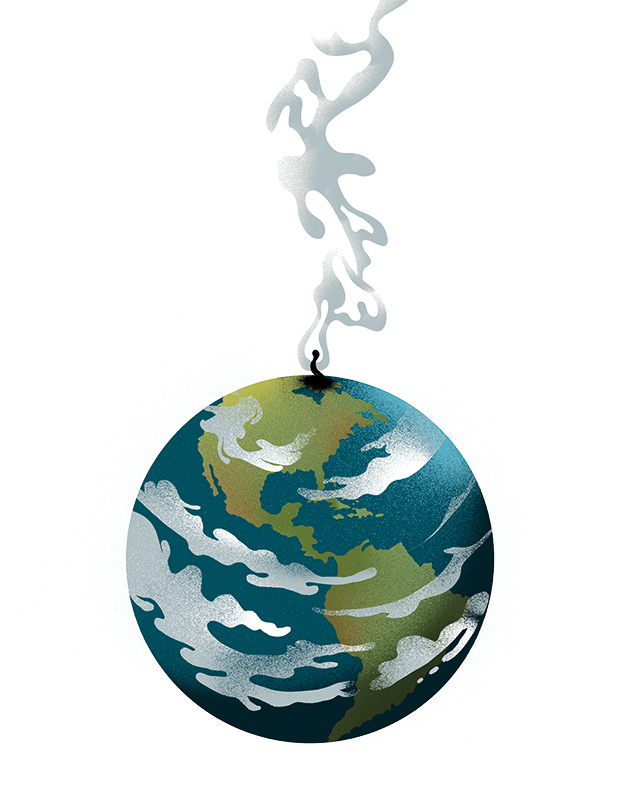The Northern Territory News, Darwin’s daily paper, is known worldwide for its front pages with headlines so cleverly lurid that they outshine the efforts of the Sun’s Kelvin McKenzie in his editorial heyday. Over the years, the newspaper has run front pages highlighting everything from UFO and mythical beast sightings to the bizarre behaviour of Territorians, who, if you go by the NT News, are no strangers to acting oddly.
But there’s one hot topic always guaranteed a NT News front page when it comes up: crocodiles. ‘I love crocodiles and anytime we have a good one we put it on the front page,’ a former NT News editor, Matt Williams, once said. ‘When we get a good crocodile story, we actually sell more papers.’
When it comes to crocodiles, people almost always are the authors of their own misfortunes
This week, however, the latest crocodile front page is not good news for crocs. The Territory’s government has announced a crocodile management plan that would increase the annual culling of saltwater crocodiles – the biggest and more deadly variety – from 300 to 1,200. This follows five decades of protection that has seen the Northern Territory ‘saltie’ population regrow from near-extinction at 3,000 to around 100,000 now.
The government is being backed by Aboriginal entrepreneurs, who see crocodile hunting as an extension of traditional culture, but also a business opportunity to attract trophy hunters to try their hand under the pretext of controlling the crocodile population. The likes of Donald Trump junior, they reckon, would jump at the chance to test their skills against a deadly, five-metre, old man croc.
The government argues that a cull is needed because the crocs have thrived not only along the coasts, saltwater estuaries and mangrove swamps, but have adapted to live in inland waterways and waterholes popular with tourists. Visitors to these spots have on occasion fallen foul of the crocs’ formidable crushing jaws and ‘death roll’. This is, after all, an animal that has survived everything from the extinction of the dinosaurs onwards, but almost succumbed to man’s insatiable 20th century demand for crocodile skin handbags and similar products.
Seeing massive salties in the wild, cruising waterways or lazing on mudbanks, is an unforgettable experience. But despite the saltwater croc’s fearsome image, and the sensationalist stories of the likes of the NT News, they are not the deadly creatures of reputation. Since protection began in 1971, there have been just 23 deaths from crocodile attacks in the Northern Territory, the penultimate in 2018. Others have survived a croc mauling, the most recent being an elderly tourist swimming in a waterhole last year.
But if you drill down into those fatalities and maulings, the real culprits are not the crocodiles. Rather, it is the human factor. The most recent fatality, which occurred last week, was a 16-year-old boy whose boat had broken down. Rather than wait for help, he chose to swim for shore in known crocodile waters. Can the croc be blamed because the boy was foolhardy to the point of stupidity? Surely not.
And we won’t mention the myriad stories of the inebriated smiling at a crocodile by strolling a muddy riverbank, or taking a midnight dip. When it comes to crocodiles, people almost always are the authors of their own misfortunes.
Granted, the increase in the crocodile population to pre-settlement levels has its problems. But when the Northern Territory prides itself on being home to the crocs, as well as a wide variety of snakes and other deadly beasties, and makes the crocs a key part of the Territory’s international tourism marketing, surely declaring them a pest to be culled and eradicated is a trifle off-script?
Besides, a cull of one per cent of over 100,000 of the Northern Territory’s Jurassic survivors won’t make a dent on the overall population, nor make any given location less risky. People live near the coasts and waterways of the Northern Territory knowing the risks of crocodile attacks. They know where and when to go and not go, and (when they’re sober) they keep themselves, their pets and farm animals away. Tourists and visitors who go to Australia’s north, often seeking a ‘crocodile experience’, are served by a responsible and regulated tourism industry, with accredited operators trained to keep their customers safe on shore, and in boats. If a handful of those visitors ignore the experts’ warnings and advice, just whose fault is that?
A croc cull will achieve nothing, save a few Aboriginal tour operators making good money by selling exorbitantly-priced trophy hunting expeditions to wealthy foreigners fancying themselves as big game hunters. The best thing Northern Territory authorities can do is better educate the public – especially the many thousands of visitors who come to savour Northern Australia’s unique natural beauty, including crocodiles and all those other species that bite and sting.
As a crocodile tour operator opposed to the proposed cull told the Australian Broadcasting Corporation this week, what matters is improving how people are educated to the risks and making sure they keep a respectful distance from those formidable jaws. ‘They (the government) don’t do that well enough; they’ve just got signs saying “beware of the crocodiles”.’ Then he added, with a wry laugh, ‘my sign would be “beware of the crocodiles, they may eat you”.’







Comments